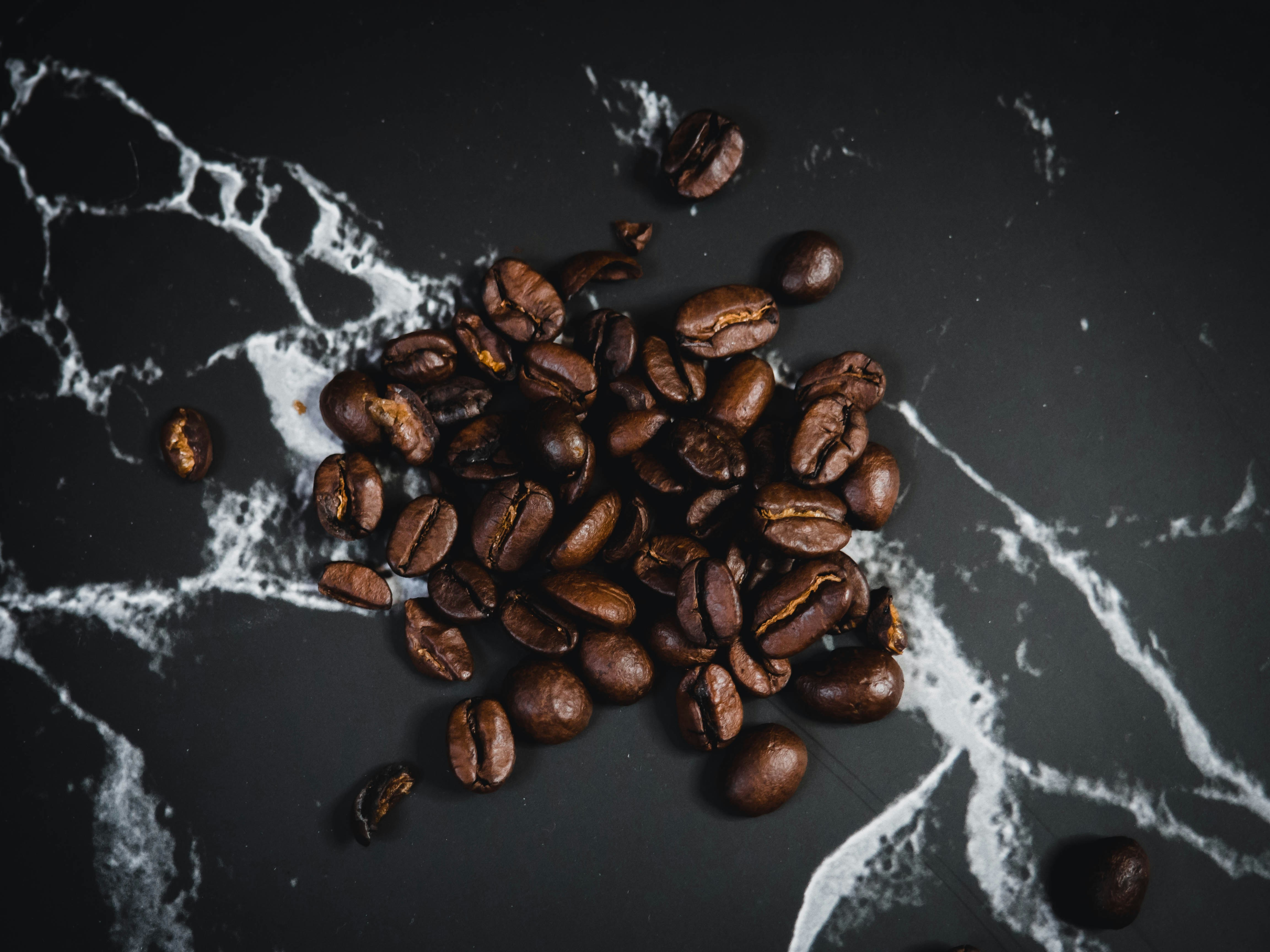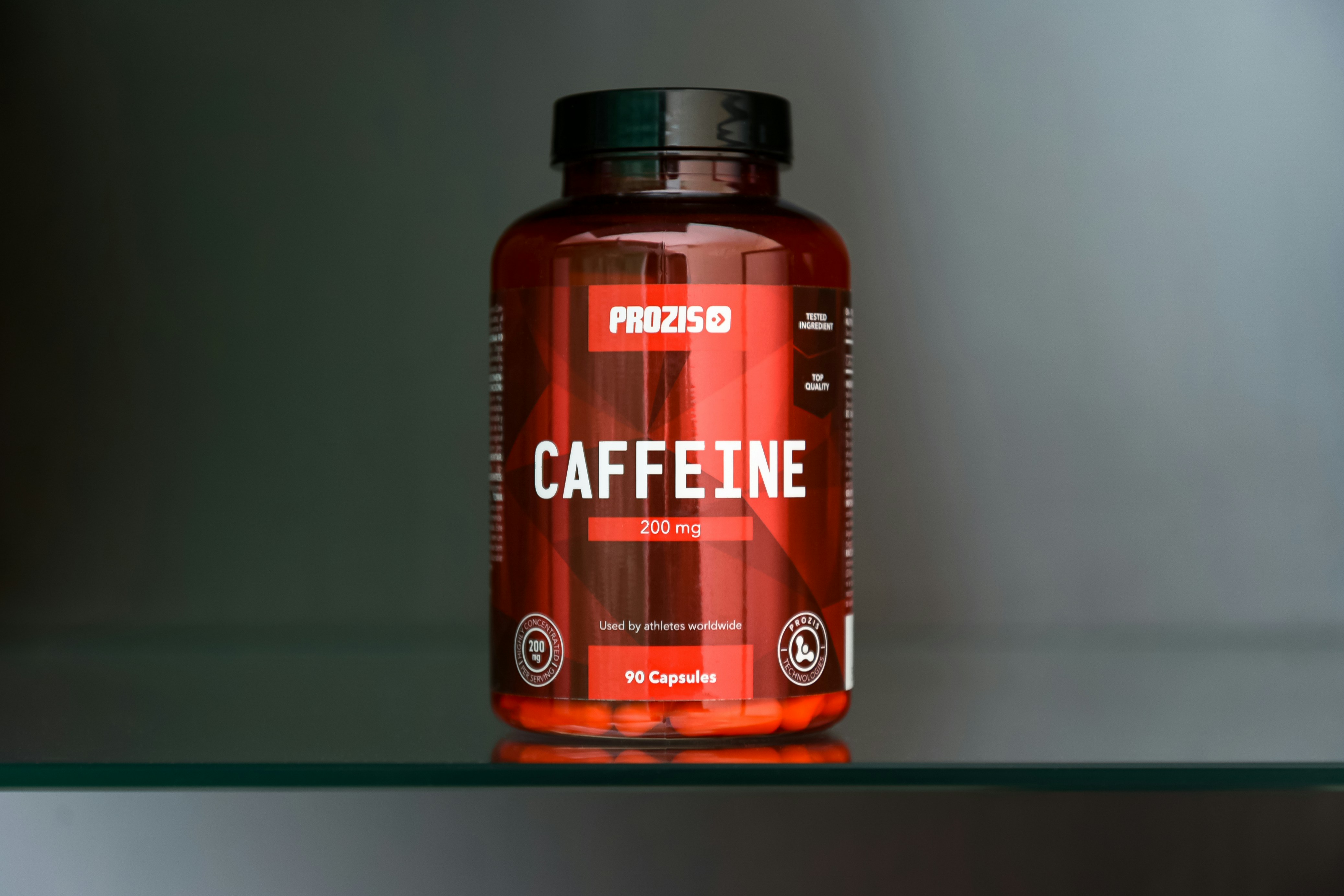Unlock the mysteries of caffeine content in your daily brew! Learn how to measure the amount of caffeine in a cup of coffee effectively with scientific knowledge and precise techniques. Gain valuable insights to optimize your caffeine intake and elevate your coffee experience.
In the realm of coffee aficionados and health enthusiasts, understanding the exact amount of caffeine in a cup of coffee is of paramount importance. Whether you’re looking to optimize your caffeine intake or simply curious about the content of your daily brew, accurately measuring caffeine levels is key to making informed decisions. With a variety of factors affecting caffeine content, including the brewing method, bean type, and serving size, this article will provide valuable insights on how to measure the amount of caffeine in a cup of coffee effectively. By utilizing scientific knowledge and precise techniques, you’ll gain the tools necessary to unlock the mysteries of caffeine content and elevate your coffee experience to new levels.
Understanding Caffeine in Coffee
What is caffeine?
Caffeine is a natural stimulant that is commonly found in coffee, tea, and various other beverages and foods. It belongs to a class of compounds called methylxanthines and is known for its ability to enhance alertness, focus, and energy levels. Caffeine stimulates the central nervous system and blocks adenosine receptors, preventing the onset of drowsiness and promoting wakefulness.
Role of caffeine in coffee
Caffeine is one of the main reasons why coffee is widely consumed and appreciated around the world. It not only provides a boost of energy but also enhances mood and cognitive function. Caffeine acts as a mild diuretic, promoting urine production, and can also increase heart rate and blood pressure. Due to its stimulating effects, caffeine is often used to combat fatigue and increase productivity.
Factors influencing caffeine content
The amount of caffeine in a cup of coffee can vary depending on several factors. These include the type of coffee bean used, the roasting level, the grinding size, the brewing method, the brewing time, and the water temperature. Each of these factors contributes to the overall extraction efficiency of caffeine from the coffee grounds, resulting in varying levels of caffeine content.
Methods for Measuring Caffeine in Coffee
Chemical analysis
Chemical analysis is a widely used method for measuring the caffeine content in coffee. It involves extracting caffeine from the coffee sample using organic solvents, such as ethyl acetate or dichloromethane, followed by quantification through techniques such as high-performance liquid chromatography (HPLC) or gas chromatography-mass spectrometry (GC-MS). These methods provide accurate and precise measurements of caffeine content but require specialized equipment and expertise.
Spectrophotometry
Spectrophotometry is a less complex method for measuring caffeine in coffee. It relies on the ability of caffeine to absorb ultraviolet (UV) or visible light. By measuring the absorption of light at specific wavelengths, the concentration of caffeine can be determined. Spectrophotometry is a relatively simple and cost-effective method but may not provide the same level of accuracy as chemical analysis.
Liquid chromatography
Liquid chromatography is another commonly used method for measuring caffeine in coffee. It involves passing a coffee sample through a chromatographic column, where caffeine and other compounds separate based on their interactions with the stationary phase. The separated compounds are then detected and quantified using detectors such as UV or mass spectrometry. Liquid chromatography offers high sensitivity and specificity but can be more time-consuming and requires specialized equipment.

Home Methods for Measuring Caffeine
Coffee strength estimation method
One popular method for estimating caffeine content at home is the coffee strength estimation method. This involves brewing a known amount of coffee and subjectively assessing its strength based on taste and perceived caffeine content. While this method provides a rough estimate, it lacks precision and may not be suitable for those seeking accurate measurements.
Tasting method
The tasting method involves using your taste buds to assess the caffeine content in coffee. By comparing the taste of different coffee samples, you can gauge their relative caffeine levels. However, this method is highly subjective and not scientifically reliable, making it more suitable for personal preference rather than precise measurements.
Using smartphone apps
With the advancement of technology, smartphone apps have been developed to estimate caffeine content in coffee. These apps utilize algorithms that take into account brewing parameters and coffee bean characteristics to estimate the caffeine content. While they may not provide laboratory-level accuracy, they can be a convenient tool for individuals who want a general idea of caffeine content.
Commercial Methods for Measuring Caffeine
Using caffeine testing strips
Caffeine testing strips are commercially available products designed to measure the caffeine content in various beverages, including coffee. These strips work on the principle of immunoassay, where specific antibodies react with caffeine molecules to produce a color change. By comparing the color intensity to a reference scale, the caffeine content can be estimated. While convenient, caffeine testing strips may not provide the same level of accuracy as laboratory-based methods.
Coffee testing kits
Coffee testing kits are comprehensive products that allow consumers to measure various parameters of their brewed coffee, including caffeine content. These kits often utilize a combination of chemical analysis and colorimetric methods to provide accurate measurements. While they may require a higher initial investment, coffee testing kits offer a more precise and reliable way to determine caffeine content.

Factors Affecting Caffeine Content in Coffee
Type of coffee bean
Different varieties of coffee beans can vary in their caffeine content. For example, Robusta beans generally contain more caffeine than Arabica beans. Therefore, the choice of coffee bean can significantly impact the caffeine content of the brewed coffee.
Roasting level
The roasting level of coffee beans plays a role in determining caffeine content. Contrary to popular belief, darker roasts do not necessarily result in lower caffeine content. In fact, the longer roasting time can lead to some degradation of caffeine but also to the formation of new compounds that contribute to the overall taste and aroma of the coffee.
Grinding size
The size of coffee grounds affects the extraction efficiency of caffeine during brewing. Finely ground coffee provides more surface area for extraction, leading to higher caffeine content. On the other hand, coarse grind may result in lower caffeine extraction due to reduced surface area.
Brewing method
Different brewing methods extract caffeine differently from the coffee grounds. Methods such as espresso, French press, and cold brew tend to have higher caffeine content compared to drip brewing. This is because they allow for more contact between water and coffee grounds, leading to more efficient caffeine extraction.
Brewing time
The duration of the brewing process can influence the amount of caffeine extracted. Longer brewing times generally result in higher caffeine content, as more time allows for increased dissolution of caffeine molecules from the coffee grounds.
Water temperature
Water temperature affects the solubility of caffeine, with higher temperatures generally resulting in more efficient extraction. Hotter water can dissolve more caffeine molecules from the coffee grounds, leading to increased caffeine content in the brewed coffee.
Understanding Caffeine Guidelines and Standards
Recommended daily caffeine intake
The recommended daily caffeine intake for most healthy adults is around 400 milligrams, which is roughly equivalent to 4 cups of brewed coffee. However, individual sensitivity to caffeine can vary, and some people may be more affected by lower doses. It is important to consider personal tolerance and avoid excessive consumption, which can lead to adverse effects.
Caffeine guidelines for pregnant women
Pregnant women are generally advised to limit their caffeine intake. While moderate caffeine consumption is unlikely to harm the fetus, high levels of caffeine have been associated with an increased risk of miscarriage and premature birth. It is recommended that pregnant women consult with their healthcare provider to determine an appropriate caffeine intake level.
Caffeine content labeling on coffee packaging
Many coffee brands provide information on the caffeine content of their products on the packaging. This allows consumers to make informed choices and select coffee options that align with their desired caffeine intake. It is important to note that these values are often approximate and can vary depending on brewing parameters.

Common Misconceptions about Caffeine in Coffee
Dark roast vs. light roast caffeine content
Contrary to popular belief, dark roast coffee does not necessarily have less caffeine than light roast coffee. While the longer roasting time may cause some caffeine degradation, the difference in caffeine content between roasts is minimal. The perception of stronger effects in dark roast coffee may be due to the presence of other compounds that contribute to its bold flavor.
Espresso vs. regular coffee caffeine content
Espresso is often perceived as having significantly higher caffeine content compared to regular brewed coffee due to its concentrated nature. However, a standard serving of espresso typically contains less caffeine than a regular cup of coffee. This is because the brewing process for espresso involves less water and a shorter brewing time, resulting in relatively lower caffeine extraction.
Decaffeinated coffee and its caffeine content
Decaffeinated coffee is not completely caffeine-free. The decaffeination process removes a significant portion of the caffeine, but small amounts may still remain. Decaffeinated coffee typically contains about 2 to 5 milligrams of caffeine per 8-ounce cup, compared to the average range of 95 to 200 milligrams in regular coffee. Individuals who are highly sensitive to caffeine should be aware of these residual amounts.
Health Effects of Caffeine
Stimulant properties of caffeine
As a central nervous system stimulant, caffeine increases alertness and enhances cognitive performance. It can temporarily reduce feelings of fatigue and increase energy levels, making it a popular choice for combating drowsiness and boosting productivity.
Benefits of moderate caffeine consumption
Moderate caffeine consumption has been associated with several health benefits. It has been shown to improve mental focus, enhance physical performance, and reduce the risk of certain diseases such as Parkinson’s disease, type 2 diabetes, and liver cirrhosis. Caffeine has also been linked to a reduced risk of developing certain types of cancer, including liver and colorectal cancer.
Risks and side effects of excessive caffeine intake
While moderate caffeine intake is generally safe for most individuals, excessive consumption can lead to adverse effects. Some common side effects of high doses of caffeine include restlessness, jitteriness, increased heart rate, and insomnia. Individuals with underlying health conditions such as anxiety disorders, hypertension, or gastrointestinal issues may be more prone to experiencing these side effects.
Considerations for Caffeine-Sensitive Individuals
Understanding caffeine sensitivity
Caffeine sensitivity refers to an individual’s heightened response to the effects of caffeine. Some people may experience pronounced symptoms even with small doses of caffeine, such as increased heart rate, nervousness, or gastrointestinal discomfort. Caffeine sensitivity can vary greatly among individuals, and it is important to be aware of personal tolerance levels.
Reducing caffeine intake
For individuals who are sensitive to caffeine or wish to reduce their overall intake, several strategies can be helpful. Gradually reducing caffeine consumption over time can minimize withdrawal symptoms. Choosing decaffeinated coffee or alternative beverages can also be a suitable option. Experimenting with herbal teas or caffeine-free alternatives can provide a satisfying experience without the stimulating effects of caffeine.
Decaffeinated coffee alternatives
Decaffeinated coffee alternatives are a popular choice for individuals who want to enjoy the taste and ritual of coffee without the caffeine. Common alternatives include herbal teas, such as chamomile or peppermint, as well as caffeine-free coffee substitutes made from roasted grains, such as barley or chicory. These alternatives offer a range of flavors and can be a suitable option for those looking to reduce or eliminate caffeine from their diet.
Conclusion
Measuring the caffeine content in coffee is an important consideration for many individuals. Whether for personal preference, health reasons, or simply curiosity, understanding the caffeine content can help individuals make informed choices about their coffee consumption. Various methods are available for measuring caffeine in coffee, ranging from laboratory-based techniques to home methods and commercial testing products. Factors such as the type of coffee bean, roasting level, grinding size, brewing method, brewing time, and water temperature can all influence the caffeine content. Additionally, it is important to be aware of recommended caffeine intake guidelines, potential health effects, and considerations for caffeine-sensitive individuals. By understanding and utilizing these resources, individuals can better navigate their coffee choices and enjoy the desired caffeine experience.


